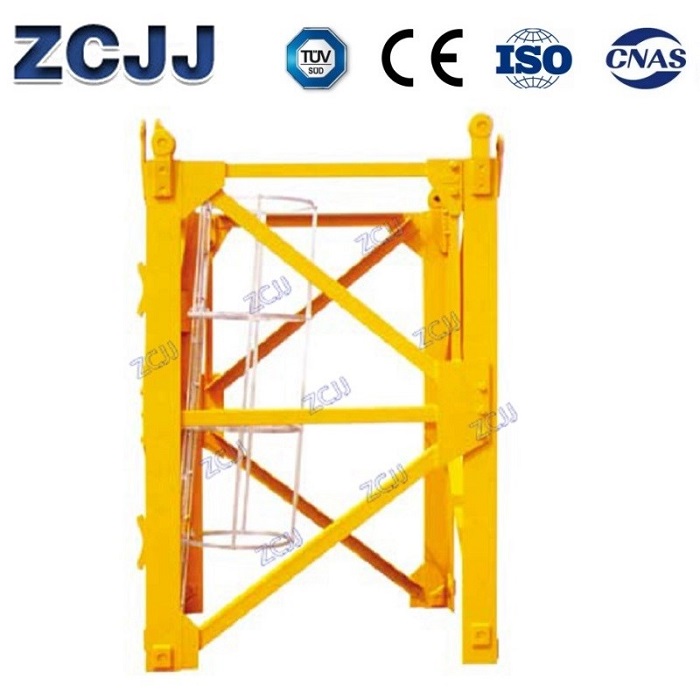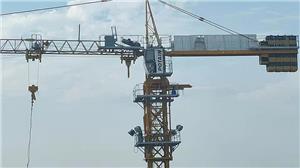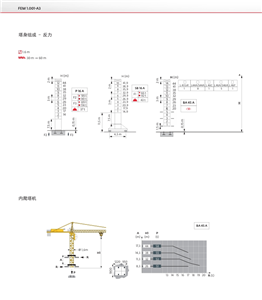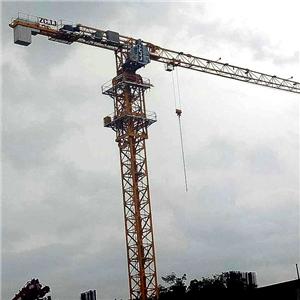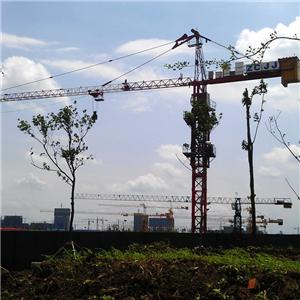L68A1 Mast SectionProblems to be paid attention to in group tower arrangement to ensure the safety of multi tower crane operation
In the construction of group buildings, it is sometimes necessary to consider the layout plan of group towers comprehensively to ensure that when multiple tower cranes are working, they will not be obstructed (such as scraping), and the slewing range of tower cranes will not conflict with adjacent buildings, so as to ensure the safety of multiple tower cranes. These problems should be paid attention to in the selection of tower crane scheme. The general points to be noted are as follows:
L68A1 Mast Section:
http://www.towercranesupply.com/product/l68a1-mast-section-for-tower-crane-masts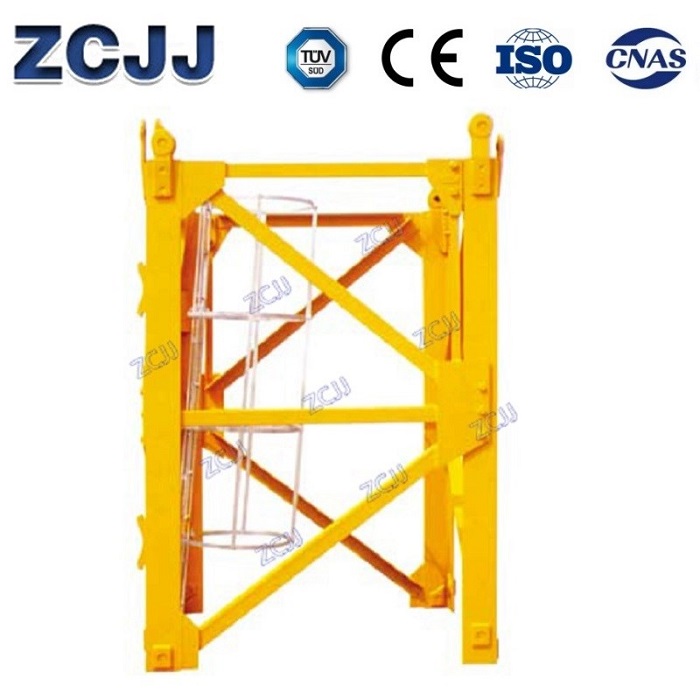
1. Confirm the plane positioning size of each single building and the plane positioning size between group buildings.
2. Accurately understand the height of each single building
3. Preliminarily determine the turning radius of the crane through the plane size of each single body, so as to determine the length of the crane arm; preliminarily select the crane location.
4. Judge whether the slewing range of tower crane conflicts with the adjacent buildings according to the plane positioning size of group buildings (the width and safety clearance of adjacent buildings shall be considered). If there is possibility of scraping, adjust the length of lifting arm or adjust the position of crane. Recheck whether there is dead angle of hoisting and the degree of influence on construction after adjusting the slewing range of tower crane.
5. After the location of a single building tower crane is determined, the crane location shall be preliminarily selected according to Article 3. Whether the slewing range of tower crane conflicts with adjacent buildings shall be determined according to the above method and adjusted. At the same time, according to the above principles, recheck and judge whether there is possibility of collision between adjacent tower cranes. If any, the adjustment of crane position or the adjustment of tower crane boom length shall be considered comprehensively.
L68A1 Mast Section:
http://www.towercranesupply.com/product/l68a1-mast-section-for-tower-crane-masts
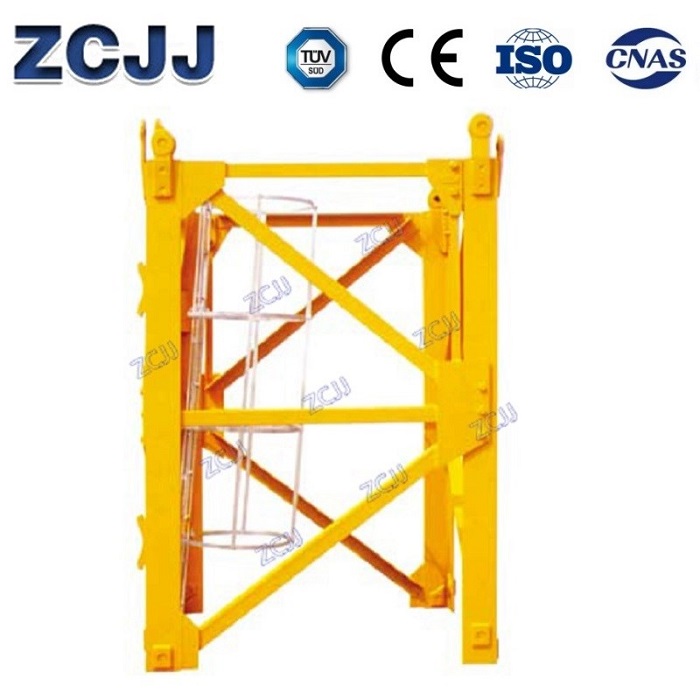
6. The position of tower crane can be preliminarily selected in the above steps.
7. Avoidance treatment principles between tower cranes and between tower cranes and buildings:
7.1 when the slewing range of the tower crane conflicts with the adjacent buildings and the length of the boom cannot be changed, the slewing direction and coverage area of the tower crane shall be limited according to the location of the adjacent cranes. When the rotation direction of the capping crane is overlapped with the rotation direction and coverage area of the adjacent tower crane, it is necessary to recheck and judge whether there is the possibility of collision between the adjacent tower cranes. If so, measures shall be taken to adjust the height of the tower crane (however, such measures may be higher than the independent height of the tower crane, such as increasing attachment, etc., resulting in increased installation costs). That is, one high and one low.
7.2 in the arrangement of high and low cranes, the elevation difference (not the height difference) of tower crane installation shall be no less than 3 sections and 7.5m high. The premise above is to have a full and detailed understanding of the selected tower crane model, safety performance parameters, etc., because different manufacturers of the same type of tower crane have different boom length adjustment dimensions, etc.
L68A1 Mast Section:
http://www.towercranesupply.com/product/l68a1-mast-section-for-tower-crane-masts
